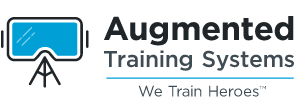VIRTUAL REALITY IS DRIVING PERFORMANCE IN THE WORLD OF MEDICINE!
Doctors are using medical VR to diagnose and treat patients with better accuracy, while first responders are using it to train in an immersive virtual world. Those that invest in an AR/VR platform are also nding tremendous value from performance evaluation. AR/VR training can be used to evaluate how well people do what they are supposed to. There are many different ways to do this. Here we cover six ways AR/VR training can be used for performance evaluation. One way is overcoming the limitations of traditional training. Another one is setting individual and team benchmarks before classroom or live training events. It confirms whether the results from the traditional training translate into real life scenarios. You can also use it go beyond pass or fail measurement criteria, customize measurements and analytics to individual needs, and get a snapshot of your organization’s mission-readiness.
6 Uses Of Virtual Reality In Medicine Are:
1. Overcome limitations of traditional training
2. Set individual and team benchmarks prior to the classroom or live training events
3. Confirm training results translate into real-world scenarios
4. Go beyond pass/fail measurement criteria
5. Customize measurements and analytics to the organization and individual needs
6. Get a snapshot of overall organization mission-readiness
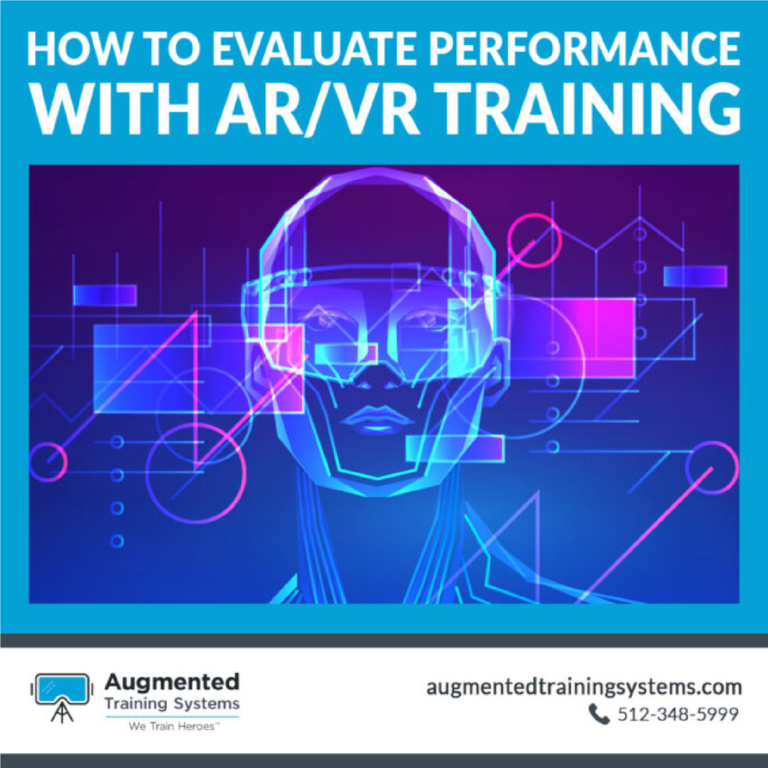
Changing Medical Training Perform
Virtual Reality has so many opportunities for the medical field! From physical therapy to clinical!
Doctors are using VR to diagnose and treat patients with better accuracy, while rst responders are using it to train in an immersive environment. However, there are a lot more uses for VR in medicine than these two uses that we want to share with you! We’ve compiled a list of 6 uses of AR/VR training to evaluate performance in emergency response training.
Overcoming The Limitations Of Traditional Medical Education
Going Beyond Role-Playing Or Simulations
Traditional training has its limitations, and AR/VR can help overcome these. The main limitation of traditional training is that it uses either role-playing or simulations to educate people on the use of medical equipment in emergency situations. These types of training are limited because they only provide a picture of what might happen; there’s no real consequence for mistakes made.

This new technology allows for the learning of various tasks performed on the human body without ever having to train in a live patient. This is extremely benecial for medical groups teaching because the medical students would get a more personal in-depth virtual world.
Virtual reality software allows us access to the hands-on practical experience that is necessary and comfortable to perform procedures, but it also provides a comfortable setting in the controlled environment. Obviously, medical professionals are not able to cut open a patient and perform on them just to practice
The closest to that would be shadowing a superior doing a procedure or assisting. Of course, that real-life training is extremely valuable but it’s just not as accessible as VR/AR training. And its ability to be repeated for practice it undeniable! It is difcult for a person to understand how they perform in those high-pressure situations.
How can someone know if what you’re doing is right or wrong? Is there something that’s keeping them from performing well under stress and pressure? ATS has the ability to collect performance data on individuals during these critical moments, which will allow people who are not present at this time to better help assess any errors made by an individual.
Setting Individual And Team Benchmarks
Prior To The Classroom Or Live Training Events
One high-quality way to train and evaluate performance is using AR/VR technology. It can be used as a tool for training individuals, teams, or organizations on how to react during emergency situations in order to maintain safety and provide the best care possible. The ability of VR to simulate medical situations in the real world allows the student to use it as well as the real world. This is followed by feedback and a brieng that will help them learn from their mistakes. And the wonderful part about the virtual reality platform is its accessibility.

This accessibility is such a game-changer for students in the medical eld. We know that real in-person training isn’t going anywhere and it shouldn’t because it is admittedly vital to training. But imagine if your trainees and students had the ability to get completely elevate and accelerate the benets of that in-person training! That’s what Virtual Reality provides!
They’ll be able to become visually familiar with much of their criteria and once they have hands-on training they won’t be going in not knowing what to expect overall accelerating the learning process tremendously! Virtual reality technology not only helps with simulating in-person training like surgical procedures but it can also be used to elevate traditional classroom medical education. For example, if a group of medical students was given instructions to study and memorize the whole human anatomy, they would then be able to use their VR goggles and see a virtual reality simulation of a human body where they could take a human anatomy assessment through virtual reality.
“…what a wonderful way to get somebody prepared for an actual training event that is live.”
– Dr. Gil Salazar, EMS Physician and Assoc. Prof. of Emergency
Medicine at UT Southwestern
Confirm Training Results Translate Into RealWorld Scenarios
DATA PROVES VIRTUAL REALITY TRAINING WORKS
Frequent uses of AR/VR training in medical settings include the evaluation of new procedures, equipment, and treatments. However, what about evaluating how well people learn a procedure? Let’s say you are an emergency responder who needs to quickly assess whether or not someone has undergone CPR successfully.
During your assessment, it is crucial that you can accurately determine this. Another we can test their results is using metrics and outcomes.
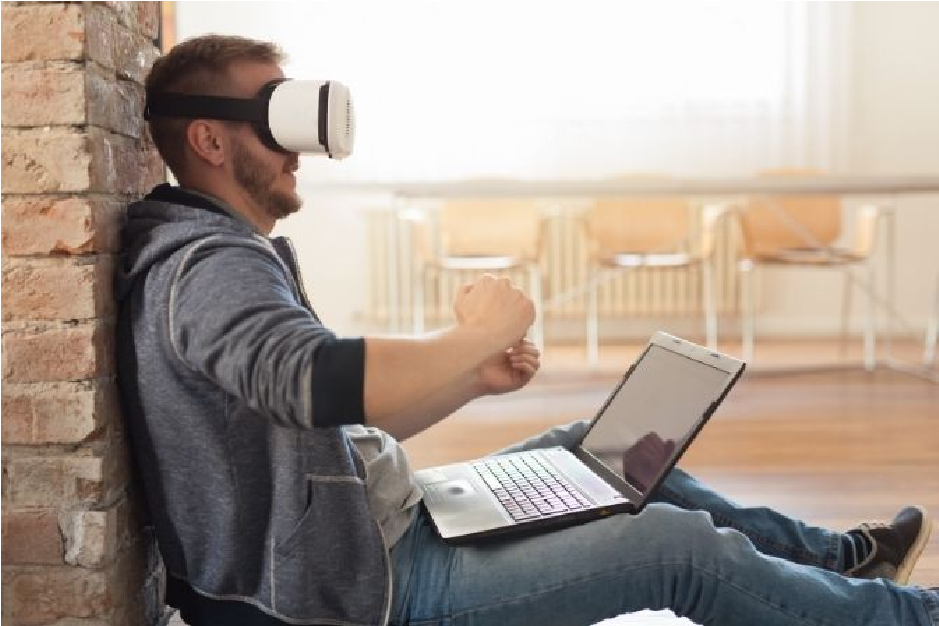
For example, if you wanted to test a student’s comprehension of where certain important medical items are you would have them run through a situation where they need said items and monitor how long it takes to nd them and if they’re the correct item for the task. Then to take it a step further and translate that into real life we would have them run through the same task and similar as you can and then compare to see if they’ve improved their overall knowledge and memory.
Go Beyond Pass/Fail Measurement Criteria
Multi-Dimension Performance View
At ATS we really believe in going beyond the Pass or Fail criteria. We want to break this normal training habit to better improve the overall training experience. Normally it’s just pass or fail on some type of test. Or some type of Yes or No scenario on a task. But this format is only half of the overall process. With VR you have the ability to see in detail how a person is really performing and properly track their progression

VR is able to measure not just the outcome of skill, but also how long it took for you to perform each step. This way when doctors and nurses are faced with an emergency situation they can quickly access your past performance data- including any mistakes you may have made in order to nd out what went wrong during that specic instance so as not to repeat those same mistakes again. This is an overall more efcient way to train for the trainees and also the teachers but also the people they serve.
Medical Professionals Using Virtual Reality To Elevate Patient Care!
Taking Medical VR To The Next Level
Virtual reality and augmented reality aren’t exclusively used just to further the medical education of healthcare professionals but its also used to bridge the gap between patients and those serving them. Virtual reality and augmented reality uses in medicine can be used to help patients understand their condition, get through an illness or disease with as little discomfort as possible.
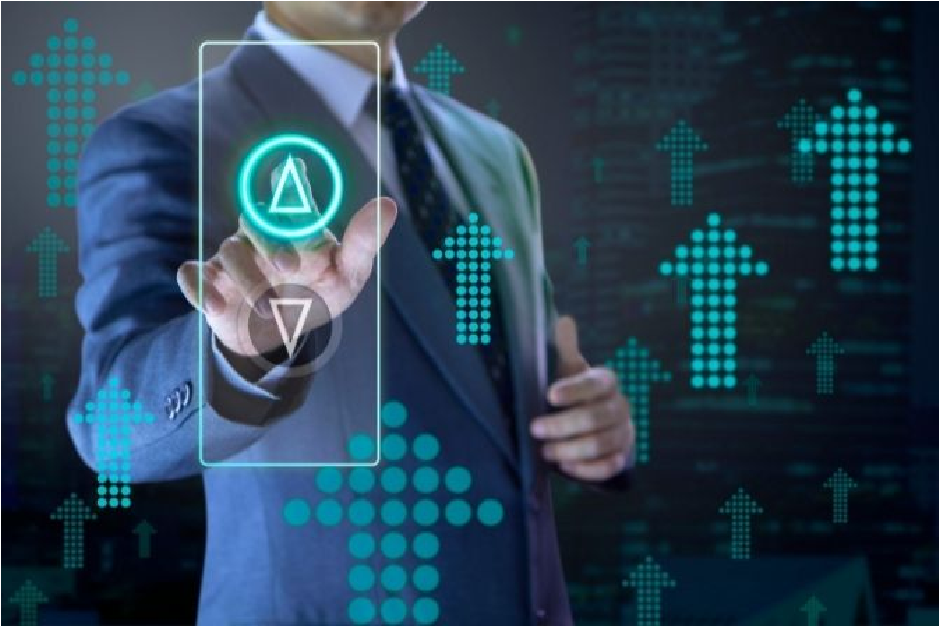
A tremendously great feature of virtual reality is being able to improve the communication skills between students and medical professional. Using the VR headsets the patients would be able to experience and better understand their own conditions and procedures. Not only that but virtual reality can also be applied to therapy and patient recovery
Not a widely known concept yet but with virtual reality, augmented reality and physical therapy working together VR therapy is a growing part of the VR patient experience.
Using the virtual reality headset patients will be able to experience therapeutic VR. Virtual Reality rehabilitation can be applied to such patients with chronic pain as pain management. And for patients with a mental health medical condition using the very customizable computer-generated environment, we can attempt to give them exactly what they need to feel safe. This allows those treating them to monitor their progress from multiple angles and better understand their patients!
Customize Measurements and Analytics For Organization and Individual Needs
Data-Driven Training Analysis
The information is analyzed in real-time, so it can be used to provide feedback on the performance of individuals or teams as well as improving training programs for others within the organization. The customization allows you to see all your progress over time without having to look through countless reports

For example, if you wanted to see how many times someone uses a certain technique in order to improve or decrease the number of errors. If want to know what was your longest time spent on this task and how well did you do overall there’s also an option for that as well. This is all data-driven training which helps from start to nish.
Like we’ve mentioned earlier virtual reality technology creates a virtual environment where medical students and medical practitioners can learn and practice certain scenarios ranging from surgical techniques in the operating room to minimally invasive procedures or a even a patient’s anatomy. All of this can be monitored and customized to t a teams or individuals goals!
That’s just another great benet of the virtual reality tools provided by the VR experience!
Get A Snapshot Of Overall Organization Mission-readiness
Training Performance, Response Times and Alertness levels
The uses of AR/VR in medicine are endless. The comfort and safety it provides for both the student as well as the patient being treated will lead to more successful outcomes at a time when we need them most. It’s also an excellent way to assess training performance, response times, and alertness levels. It especially gives supervisors a look at how the group is performing overall and allows the the trainees to see how they rank aside their peers.

For example, if you’re a reghter and need to see how long it takes for your team to rescue someone from an emergency. When faced with this type of situation the uses of VR will be invaluable because in such cases there is no room for mistakes or failures as so many lives are at stake. The scenario can be modied in various dimensions including levels of stress to apply within the virtual experience. Running this data across the unit enables commanders and chiefs to get an understanding of where each person is in regards to skill, response and stress management
If you would like more information about uses of AR/VR, please reach out to us at Augmented Training Systems. We are always happy to answer any questions!
